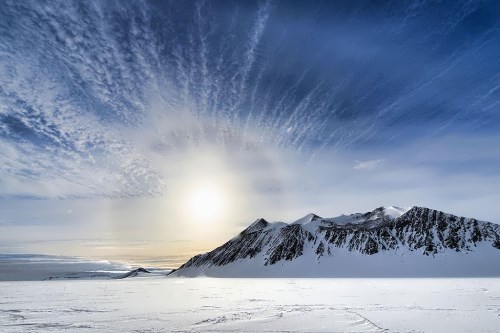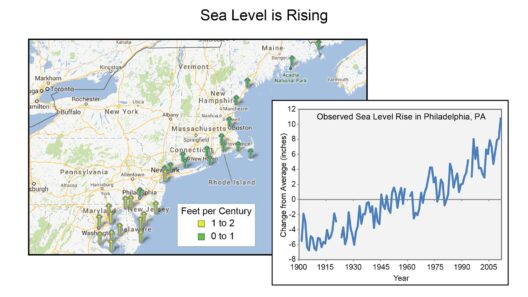Antarctica, often dubbed the coldest continent on Earth, captivates the imagination of scientists, explorers, and environmental enthusiasts alike. Its climatic conditions are the most extreme of any place on the planet, possessing a frigid climate that is as formidable as it is breathtaking. The icy vastness of Antarctica not only serves as a natural wonder but also plays a critical role in the Earth’s climate system.
The climate of Antarctica is characterized by its severe cold, perpetual ice cover, and limited flora and fauna. Surprisingly, despite its reputation for being an inhospitable wasteland, Antarctica harbors a unique ecosystem adapted to its extreme environmental conditions. Understanding the climatic nuances of this continent is essential for grasping the broader implications of climate change as it relates to polar regions.
Antarctica is classified as a polar desert, with annual precipitation averaging less than 10 inches, primarily in the form of snow. Its temperatures can plunge to astonishing lows, with the interior reaching mind-boggling figures. The highest recorded temperature at the Antarctic station, around 14,000 feet above sea level, reached negative 128.6 degrees Fahrenheit (−89.2 degrees Celsius), making it the coldest natural temperature ever recorded on Earth. These temperatures are largely due to the high altitude and the continent’s location at the South Pole.
Furthermore, the summer months, which span from November to February, bring slightly milder weather, yet temperatures can still remain significantly low. Coastal regions tend to be warmer than the interior, with summer averages hovering around 20 to 30 degrees Fahrenheit. The stark contrast between the freezing temperatures and the slightly warmer coastal areas highlights the diverse climatic regions within Antarctica itself.
One notable feature of Antarctica’s climate is its fierce winds, known as katabatic winds. These powerful winds develop as cold air masses flow down from the high inland plateau towards the coasts. The winds can reach speeds exceeding 200 miles per hour, significantly influencing the weather and climate patterns across the continent. They contribute to the evaporation of any moisture present, leading to extremely dry conditions. The interplay of these winds with the landscape creates an environment where only the most resilient species can thrive.
The Antarctic climate is not static; it is influenced by a myriad of factors, including ocean currents, atmospheric patterns, and global climate conditions. The Southern Ocean encircling Antarctica plays a crucial role in regulating its climate. The mixing of warm and cold water in these currents has profound implications for global weather systems. As ocean temperatures increase due to climate change, there are consequential shifts in weather patterns that can elevate temperatures even further across the continent.
Another striking phenomenon is the Antarctic ice sheet, which is the largest single mass of ice on the planet. This ice sheet covers approximately 1.6 million square kilometers and contains around 70% of the world’s fresh water. The ice plays a critical role in maintaining global sea levels. As global temperatures rise, the melting of the Antarctic ice sheet poses a dire threat to coastal communities worldwide. The collapse of ice shelves, such as the Larsen B and the Wilkins Ice Shelf, has raised alarms within the scientific community regarding the potential for substantial sea-level rise.
While the inherent beauty of Antarctica captivates, it also serves as a poignant indicator of climate change. As vast stretches of ice continue to melt, revealing ancient geological formations beneath, researchers can glean vital information about Earth’s climate history. Ice cores extracted from deep within the Antarctic ice contain bubbles of ancient air, offering snapshots of atmospheric conditions from thousands of years ago. These studies reveal trends in greenhouse gas concentrations and provide invaluable insights into the climate’s response to prehistoric warming events.
Further, the Antarctic Treaty System, established in 1961, is a remarkable example of international cooperation aimed at preserving the continent for peaceful scientific exploration. This treaty recognizes Antarctica as a reserve devoted to science, promoting collaborative research while suspending territorial claims. However, it is critical that nations remain vigilant against the encroachment of illegal fishing, resource exploitation, and the repercussions of climate change that could threaten this pristine ecosystem.
The fascination with Antarctica is not merely rooted in its extreme climate, but rather in its complex interplay with the Earth’s environmental systems. The continent serves as a critical barometer for global climate health, reflecting the impacts of human activity on our planet. As observers of this majestic landscape, there is an ethical imperative to protect such an invaluable resource.
In conclusion, the climate of Antarctica is a profound testament to the power of nature, showcasing the extremes of temperature, wind, and ice. Understanding this climate is more than an academic exercise; it is deeply intertwined with the broader narrative of climate change and its potential consequences for all of humanity. As scientists continue to explore the Antarctic region, it becomes increasingly clear that the future of this icy frontier is intricately linked to our actions today. Preserving this unique environment is crucial, not just for the species that inhabit it, but for the stability of our planet’s climate system as a whole.






